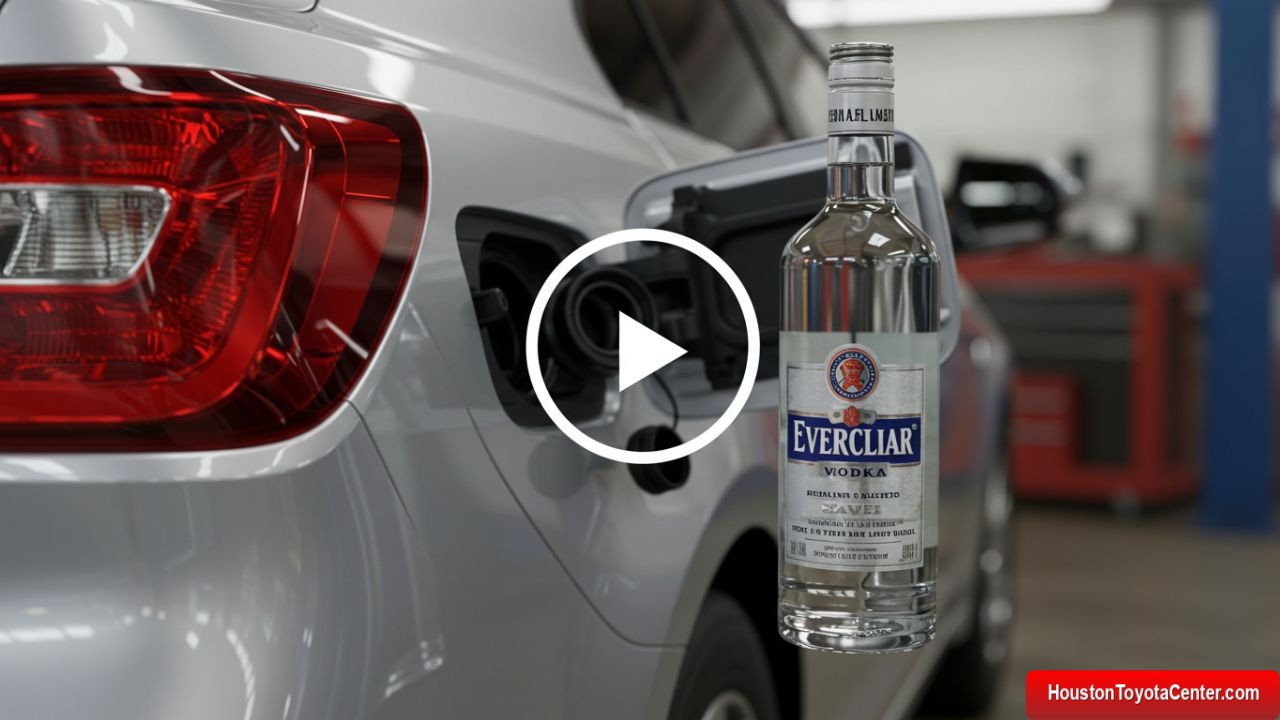A curious and daring test involved placing unusual fuels in the tank of a flex-fuel car: cooking alcohol and even cachaça. The idea was to see if, in an emergency, these substances could start the engine. The results were surprising.
An experiment conducted by the channel “Carros com Tiago” tested a question many have had: can a flex-fuel car run on cachaça or cooking alcohol? The answer was given in practice—and with surprising results.
Test preparation
The test began with careful preparation of the car’s power supply system.
The entire fuel line was drained and the engine was started with common automotive alcohol to ensure operation.
After confirming that everything was in order, the line was emptied again to begin the first stage of the experiment.
FREE: Quickly identify and understand problems with your vehicle 🚘
CLICK HEREFirst test: cooking alcohol
The first alternative fuel tested was cooking alcohol.
Two liters of the liquid were placed in a small makeshift reservoir. The fuel pump was activated, and then the engine was started.
To many people’s surprise, the car ran normally. The engine responded well, and it was even possible to accelerate. According to Tiago, ” it works, it works ,” although he warned that continued use of this type of fuel could damage the vehicle.
Still, in an extreme situation, it seems to be a viable alternative—albeit a temporary one.
Second test: cachaça (alcoholic drink)
In the second part of the test, it was cachaça’s turn. The fuel line was drained again, and 2 liters of the beverage were added to the same tank.
The pump was activated, and the car started.
Once again, the engine started. However, it ran very differently. The car experienced misfires, stuttering, and slow throttle response. ” It’s not running very well, ” said the presenter.
Even so, the experiment confirmed: with cachaça, the car also starts.
Test result
Although the tests were successful, the channel warned of mechanical risks.
The use of cooking alcohol or cachaçaNOT recommended, but in an extreme emergency, it can work — albeit with limited performance and possible consequences to the engine.


Leave a Reply